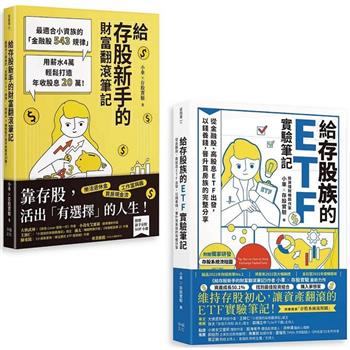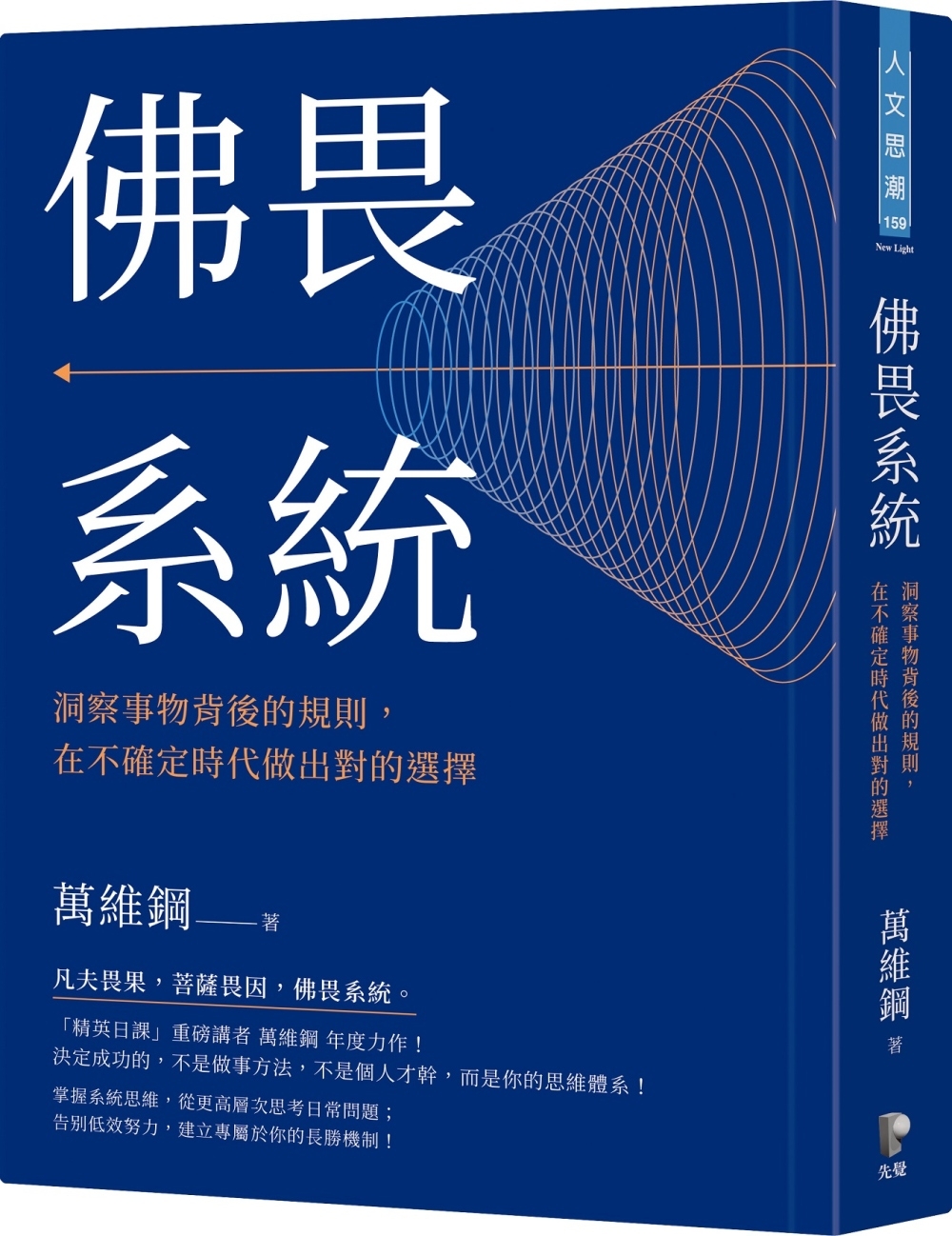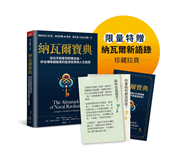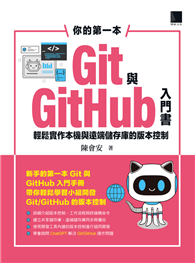In the roaring 1990s, many companies seemed to claim great victories-acquiring another company, obtaining state-of-the art technology, or hiring a potential CEO savior-only to find that they had made a great mistake. The term "Winner’s Curse" was coined by economists to explain an effect commonly observed in auctions. In such situations, since the winning bidder is usually the most optimistic about the value of the item being auctioned, there is a very good chance that the bid will be more (sometimes much more) than the item is worth. So a company that overvalues a good or service, or bids higher than its value has the potential of experiencing this Winner’s Curse.
In this book, G. Anandalingam and Henry C. Lucas, Jr. expand the model of the Winner’s Curse to explain how companies like Tyco, MCI-WorldCom and Bank One overpaid for acquisitions, and how shareholders suffered as a result. They elucidate the disasters that happened during the rush to acquire new technologies and illuminate the reasons that companies that were seemingly pioneers in the dot-com era fell by the wayside. Beginning by exploring the psychological, personal and market factors that can encourage a decision maker to overvalue an asset and experience the Winner’s Curse, the book goes on to examine several case studies, including the disastrous wireless spectrum auctions that have devastated the telecommunications industry, and the dot-com bust. It concludes by discussing ways to avoid the Winner’s Curse, calling for major changes in the behavior of CEOs and members of boars of directors, as well as the use of powerful techniques for analyzing decisions, including a systems approach to decision making, scenario analysis and game theory.
| FindBook |
有 1 項符合
Beware the Winner’s Curse: Victories That Can Sink You and Your Company的圖書 |
 |
Beware the Winner’s Curse: Victories That Can Sink You and Your Company 作者:Anandalingam 出版社:Oxford University Press, USA 出版日期:2004-11-04 語言:英文 規格:精裝 / 256頁 / 23.4 x 15.5 x 1.5 cm / 普通級 |
| 圖書館借閱 |
| 國家圖書館 | 全國圖書書目資訊網 | 國立公共資訊圖書館 | 電子書服務平台 | MetaCat 跨館整合查詢 |
| 臺北市立圖書館 | 新北市立圖書館 | 基隆市公共圖書館 | 桃園市立圖書館 | 新竹縣公共圖書館 |
| 苗栗縣立圖書館 | 臺中市立圖書館 | 彰化縣公共圖書館 | 南投縣文化局 | 雲林縣公共圖書館 |
| 嘉義縣圖書館 | 臺南市立圖書館 | 高雄市立圖書館 | 屏東縣公共圖書館 | 宜蘭縣公共圖書館 |
| 花蓮縣文化局 | 臺東縣文化處 |
|
|
圖書介紹 - 資料來源:博客來 評分:
圖書名稱:Beware the Winner’s Curse: Victories That Can Sink You and Your Company
內容簡介
Hubris Maximus: The Shattering of Elon Musk
Weed Empire: How I Battled Gangsters, Investment Banks, and the Department of Justice to Create the Cannabis Industry in America
Flight of the Wasp: The Rise, Fall, and Future of America’s Original Ruling Class
Shattered Norms
How to Become Famous: How to Rise and Shine
Camp: Life, Leadership, and Why You Never Stop Paddling
The Rulebreaker: The Life and Times of Barbara Walters
Tiger, Tiger: His Life, as It’s Never Been Told Before
Kicking Against the Pricks: Standing up to, and Taking on Vested Interests in Business
Douglas Murray Biography: The Provocative Voice Shaping Modern Conservatism and Cultural Discourse
Weed Empire: How I Battled Gangsters, Investment Banks, and the Department of Justice to Create the Cannabis Industry in America
Flight of the Wasp: The Rise, Fall, and Future of America’s Original Ruling Class
Shattered Norms
How to Become Famous: How to Rise and Shine
Camp: Life, Leadership, and Why You Never Stop Paddling
The Rulebreaker: The Life and Times of Barbara Walters
Tiger, Tiger: His Life, as It’s Never Been Told Before
Kicking Against the Pricks: Standing up to, and Taking on Vested Interests in Business
Douglas Murray Biography: The Provocative Voice Shaping Modern Conservatism and Cultural Discourse
|











